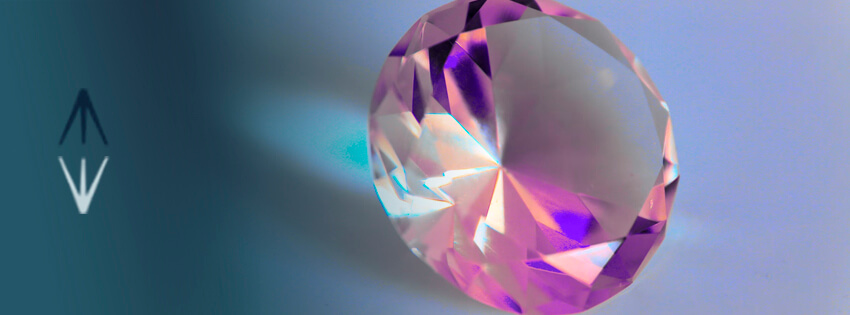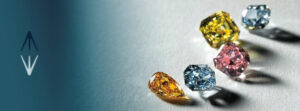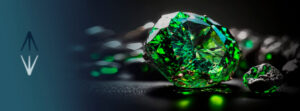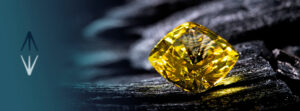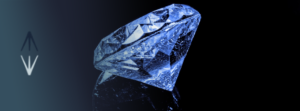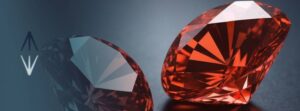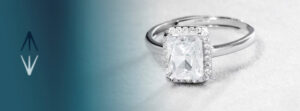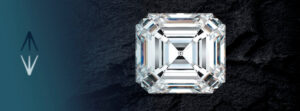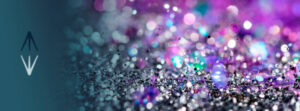The color of a diamond is one of the most important factors in determining its value. While some colorless diamonds are highly valued for their purity and clarity, colored diamonds that are rare and vibrant can fetch extraordinary prices. In this post, we will explore how color influences the value of diamonds, which colors are the most sought after, and how buyers and investors can take advantage of this information when purchasing diamonds.
What is Color in Diamonds?
Color in diamonds refers to the presence or absence of color in the stone. Colorless diamonds are the most common on the market, and their value is determined in part by how close they are to being completely colorless. However, some diamonds exhibit natural colors due to impurities or structural defects during their formation. These colored diamonds are known as Fancy diamonds.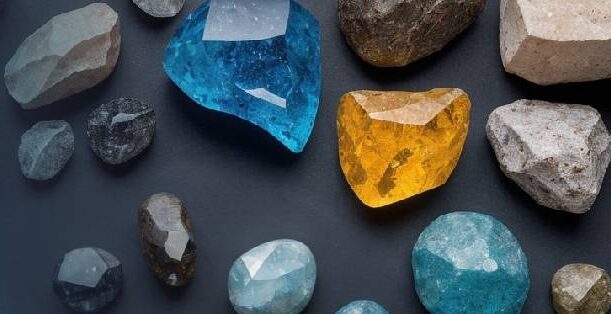
For more information on how color is measured in diamonds, you can consult our Complete Guide to the Diamond Color Scale.
Diamond Color Scale (GIA)
The diamond color scale established by the Gemological Institute of America (GIA) classifies diamonds on a scale from D (completely colorless) to Z (with a noticeable amount of color). This classification primarily applies to colorless diamonds or those with a very subtle tone.
| Color Grade | Description |
|---|---|
| D, E, F | Colorless |
| G, H, I, J | Near colorless |
| K, L, M | Faint yellow |
| N-Z | Noticeable yellow or brown hue |
The more colorless a diamond is, the higher its value. Diamonds graded as D, E, or F are extremely rare and highly valuable. If you want to learn more about the importance of color in diamonds, visit our article on The Quality in 4Cs: Color.
Fancy Colored Diamonds
Fancy diamonds are those that present a distinctive color due to impurities or alterations during their formation process. Diamonds with colors such as yellow, blue, pink, green, or red can be incredibly valuable, especially when the color is intense and uniform.
Some popular colors in Fancy diamonds include:
- Yellow: Due to the presence of nitrogen, yellow diamonds are among the most common in the Fancy category. Learn more about yellow diamonds in our dedicated post.
- Blue: This color is caused by the presence of boron. Blue diamonds like the famous “Hope Diamond” are extremely valuable.
- Pink: Pink diamonds have become a symbol of luxury and romance, fetching very high prices at auctions.
- Red: Red diamonds are the rarest and most expensive of all.
How Does Color Affect a Diamond’s Value?
Color has a direct impact on a diamond’s value. Colorless diamonds (D-F) are the most valuable within white diamonds due to their rarity. However, when it comes to colored diamonds, the more intense and rare the color, the higher the price it can fetch.
Factors That Determine Value Based on Color:
- Color Intensity: The stronger and more vibrant the color, the more valuable the diamond. Pale or uneven colors tend to be less desirable.
- Color Rarity: Colors like red, blue, and pink are extremely rare and carry much higher value than more common colors like yellow or brown.
- Size and Carat Weight: Large diamonds with intense colors are extremely rare, significantly increasing their value.
- Color Purity: Diamonds with a uniform color and no imperfections are more highly prized.
Famous Examples of Colored Diamonds
Some of the world’s most famous and valuable diamonds owe their prestige to their unique color:
- Hope Diamond: This famous blue diamond has a fascinating history and is displayed at the National Museum of Natural History in Washington, D.C.
- Pink Star Diamond: A pink diamond that sold for over $70 million at auction, setting a world record.
- Moussaieff Red Diamond: A rare 5.11-carat red diamond considered one of the most valuable in the world.
Investor Strategies: Buying Diamonds Based on Color
Investors looking to maximize their return should consider colored diamonds. Due to their rarity and increasing demand, Fancy diamonds in vibrant colors can be an excellent investment option. However, it is essential to have a proper evaluation of their authenticity and quality.
Tips for Investors:
- Research the market: Familiarize yourself with price trends and the most in-demand colors.
- Buy certified diamonds: Ensure the diamond comes with a certificate from a recognized gemological laboratory like the GIA.
- Focus on color intensity: Diamonds with intense and uniform colors tend to have a higher resale value.
Frequently Asked Questions About the Impact of Color on Diamond Value
What is the most valuable diamond color?
Red diamonds are considered the most valuable due to their extreme rarity, followed closely by blue and pink diamonds.
How does color affect the appearance of a diamond?
Color can significantly impact how we perceive the brilliance and luminosity of a diamond. More intense colors tend to attract more attention and offer a more striking appearance.
Is a colorless or colored diamond better?
It depends on what you’re looking for. High-quality colorless diamonds are classic and valuable, but colored diamonds, especially Fancy ones, are unique and extremely desirable for collectors and investors.
How can I tell if a diamond’s color is natural?
Make sure the diamond is certified by an entity like the GIA, which can verify whether the color is natural or has been treated.
Conclusion: The Power of Color in Diamonds
Color plays a crucial role in a diamond’s beauty, rarity, and value. Both colorless and Fancy colored diamonds have their place in the market, but each offers unique advantages. For those looking to invest or purchase a unique piece of jewelry, understanding how color affects a diamond’s value is key to making informed decisions.

